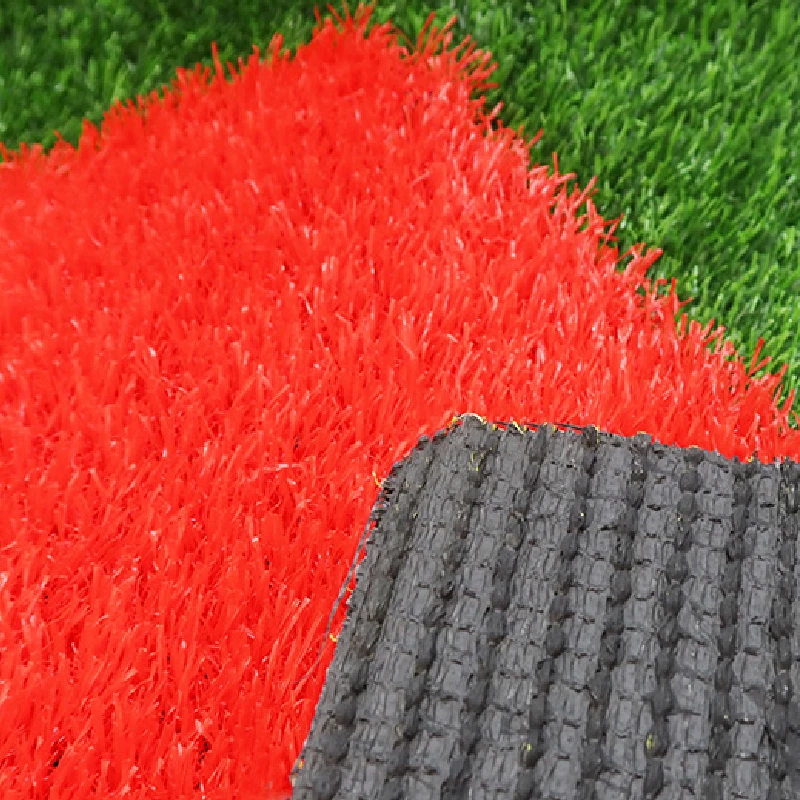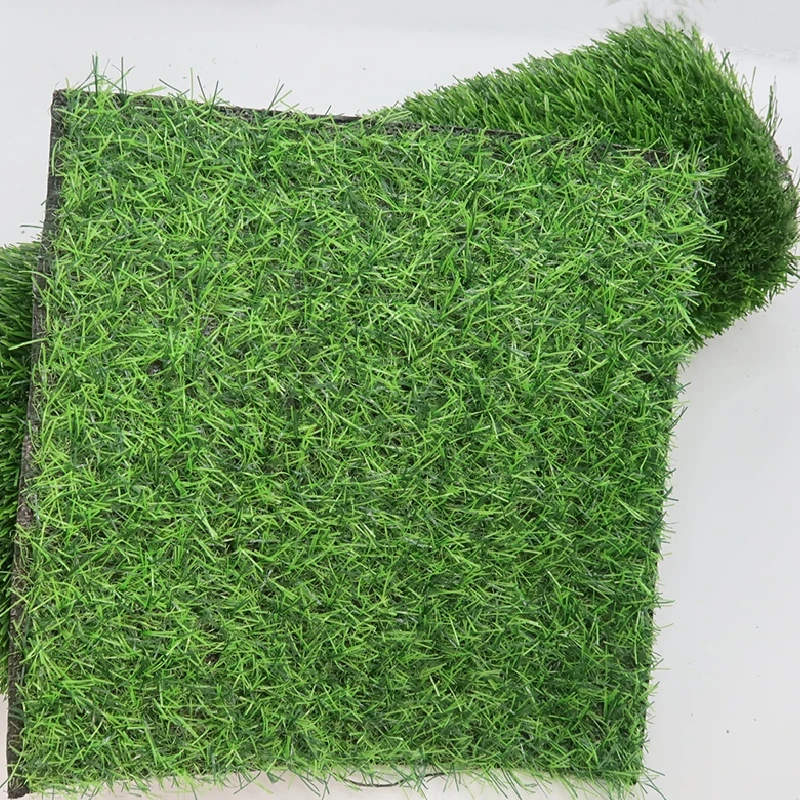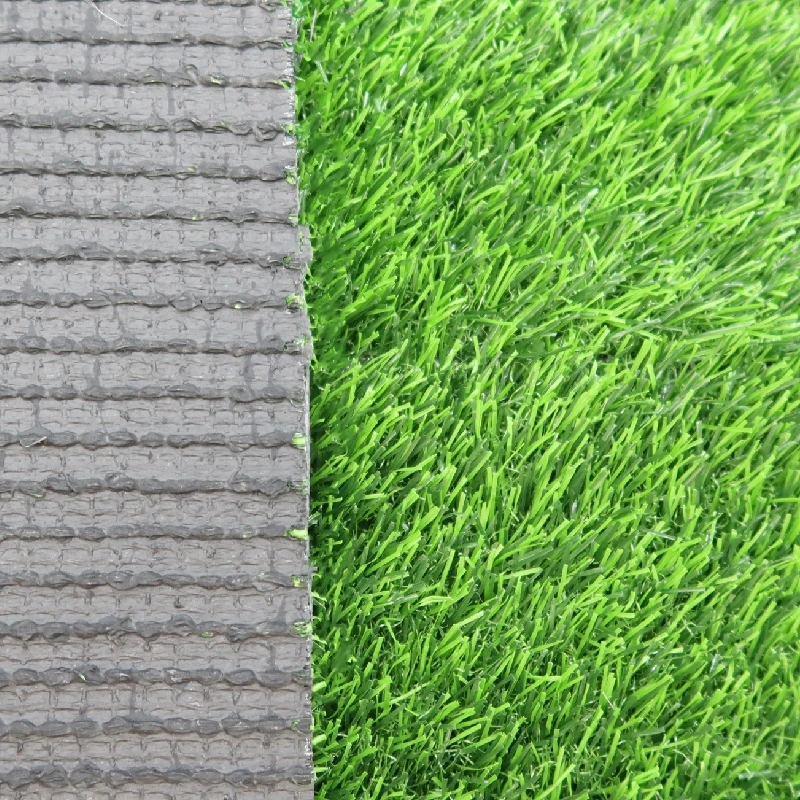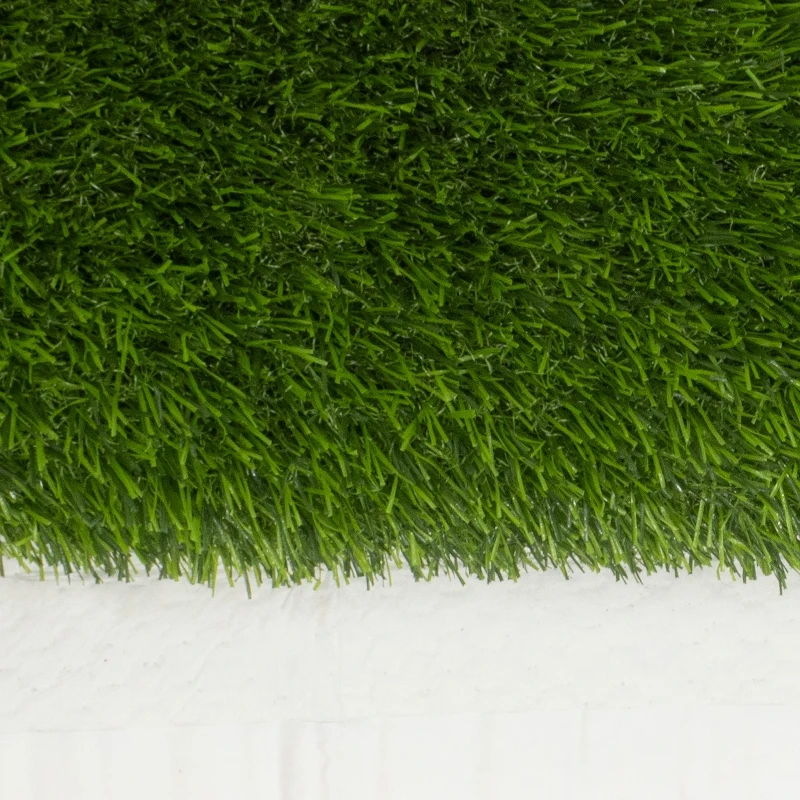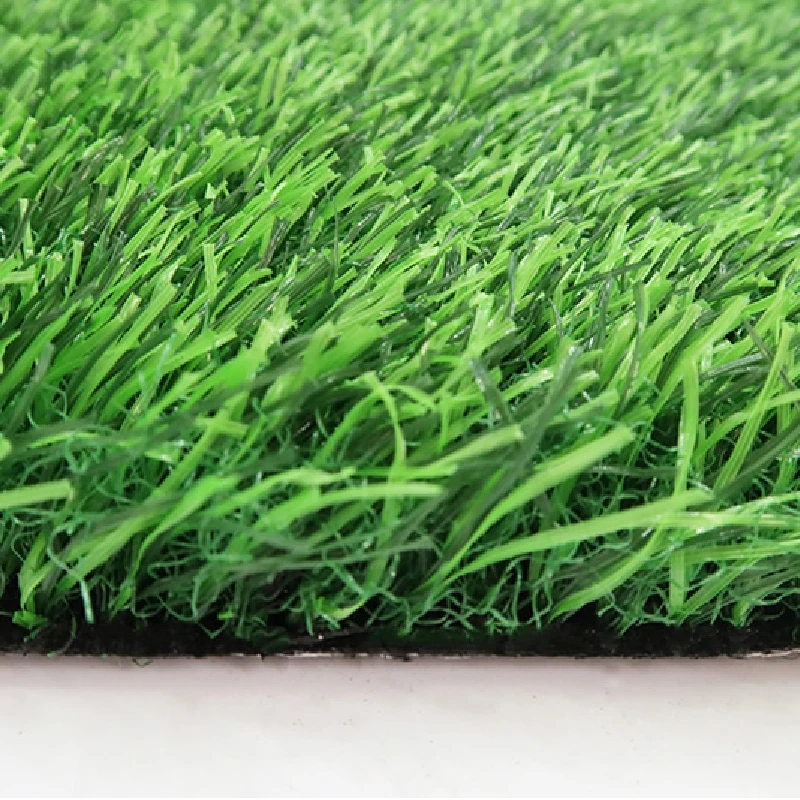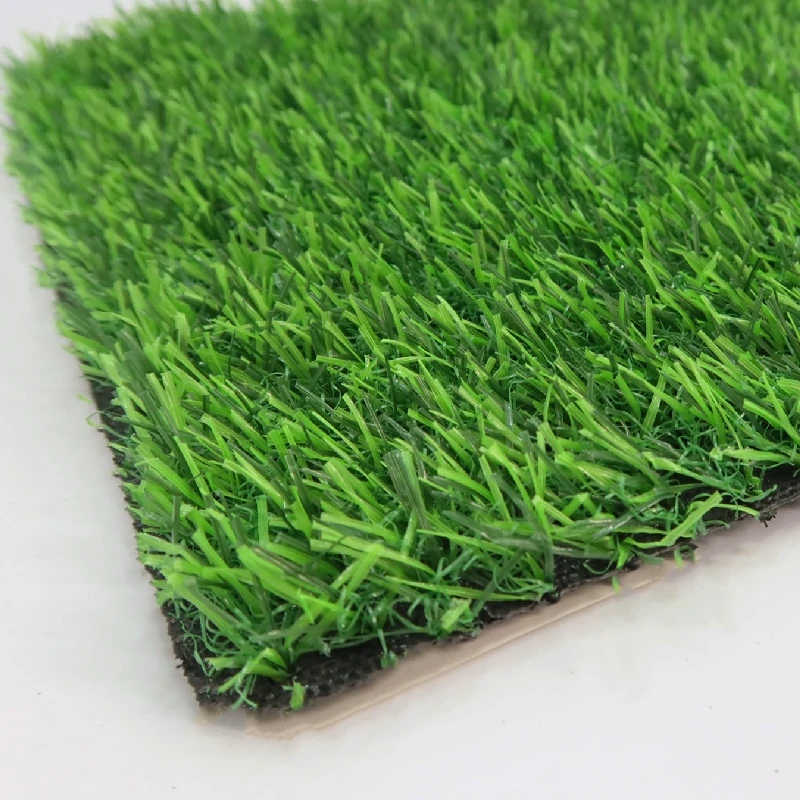Synthetic Lawn Turf: Durable, Sustainable Green Solutions
Nov . 14, 2025 15:30 Back to list
Why Synthetic Lawn Turf Matters Worldwide
With increasing urbanization and growing concerns about water conservation, synthetic lawn turf has evolved into more than just an alternative to natural grass. Globally, it’s a practical response to climate challenges, maintenance costs, and space constraints. Understanding its benefits sheds light on how industries, municipalities, and homeowners are embracing resilient and aesthetic green solutions.
Though natural grass remains beloved, it’s often impractical or costly in many settings. Enter synthetic lawn turf—designed to replicate the look and feel of grass without demanding much water, fertilizer, or mowing. Sometimes the best solutions come from innovation that meets real-world demands for sustainability and efficiency.
The Global Landscape of Synthetic Lawn Turf
Across continents, synthetic turf is carving out a significant niche. According to ISO and UN reports, water shortages and urban heat islands are pressing issues influencing landscaping choices. Synthetic lawn turf addresses these by requiring few resources while providing consistent greenery, which is especially vital in drought-prone zones like parts of Australia, Southern California, and the Mediterranean.
Plus, sports and recreational industries heavily rely on synthetic turf for year-round playability and durability—a huge leap from seasonal natural grass fields that can quickly deteriorate under bad weather. But this innovation isn't without its challenges. Questions around heat retention and environmental impact persist, but advances continue.
Mini Takeaway
- Synthetic turf solves water scarcity and maintenance headaches globally.
- Its application is vital in sports, urban landscaping, and drought-affected regions.
What Exactly Is Synthetic Lawn Turf?
In simple terms, synthetic lawn turf is a man-made surface designed to mimic natural grass using plastic fibers attached to a backing. The fibers are often polyethylene or polypropylene, giving the turf a green, grassy appearance. Unlike real grass, it doesn’t grow, so it stays vibrant and green year-round without watering or trimming.
Its origins date back to the 1960s, primarily as sports field material. Today, it's part landscaping innovation and part practical infrastructure—helping reduce environmental footprints and improving urban aesthetics.
Mini Takeaway
- Synthetic lawn turf is durable plastic grass that looks natural.
- It requires less water, maintenance, and chemical use than real grass.
Key Features of Synthetic Lawn Turf
Durability
One cannot overstate the toughness of modern synthetic turf. Engineered to handle foot traffic, bad weather, and UV rays, it often lasts 10-15 years with minimal degradation. This makes it appealing for heavily used sports arenas and busy commercial properties.
Cost Efficiency
Apart from upfront installation costs, synthetic lawns slash long-term expenses. No lawnmowers, fertilizers, or irrigation bills. For commercial establishments managing vast outdoor areas, this is a game changer.
Environmental Impact
Though synthetic turf is plastic-based, it reduces water consumption by up to 90% compared to natural lawns, a huge plus amidst tightening water restrictions worldwide. Moreover, recent innovations move towards recyclable fibers and backing materials, boosting sustainability credentials.
Maintenance
Regular sweeping or rinsing usually suffices to keep the turf functional and clean. Compared to constant fertilization and mowing, it’s a big win. Plus, no muddy patches or patchy grass means consistent aesthetics.
Customization & Aesthetic Appeal
Available in various pile heights, colors, and densities, synthetic turf can be tailored to look almost indistinguishable from real grass—or even enhanced beyond natural—in fields, gardens, playgrounds, and rooftop terraces.
Mini Takeaway
- Strong, cost-effective, and eco-friendlier than traditional lawns.
- Offers low maintenance, adaptability, and long lifespan.
Where Synthetic Lawn Turf Finds Its Place Globally
This turf is everywhere—from the Dubai football complexes under scorching sun to urban schools in New York City where kids play safely year-round. Here’s how it’s changing landscapes internationally:
- Sports Facilities: Football, tennis, and golf courses utilize synthetic turf to ensure match schedules don’t derail due to weather.
- Residential Landscaping: Homeowners seeking curb appeal with less upkeep increasingly prefer synthetic turf, especially in arid climates.
- Commercial Zones: Retail centers and office parks use synthetic grass to maintain attractive greenery without hassle.
- Public Spaces: Parks and playgrounds integrate turf to enhance safety and appearance while saving on water.
- Industrial Sites: Remote or harsh environments where watering or growing real grass is impossible.
Mini Takeaway
- Sports, residential, commercial, and public sectors all benefit.
- Works well in extreme climates and urban areas aiming for sustainability.
Advantages & Long-Term Value of Synthetic Lawn Turf
Beyond immediate convenience, synthetic lawn turf symbolizes progress toward resource-conscious living. It helps preserve water while offering durable beauty, which, frankly, is quite reassuring in uncertain climates.
Emotionally, it provides peace of mind—no brown patches when guests arrive, no allergic reactions triggered by pollen, and safe, cushioned play surfaces for children and pets. Logically, it reduces costs, downtime, and environmental waste from chemicals and gasoline-powered tools.
| Attribute | Typical Specification |
|---|---|
| Material | Polyethylene fibers with latex or polyurethane backing |
| Pile Height | 10–40 mm (varies by application) |
| Weight | 1.5-3.5 kg/m² |
| UV Resistance | 5-10 years guaranteed |
| Infill | Crumb rubber, sand, or organic alternatives |
| Lifespan | 10–15 years (typical) |
Comparing Leading Synthetic Turf Vendors
| Vendor | Core Strength | Warranty | Eco Features |
|---|---|---|---|
| GreenTurf Pro | Highly UV resistant, sports grade | 10 years | Recyclable fibers |
| EcoLawn Solutions | Natural look, soft feel; residential focus | 8 years | Organic infill options |
| UrbanGreen | Quick installation, commercial grade | 7 years | Low VOC backing |
Trends & Innovations Shaping Synthetic Lawn Turf's Future
We’re witnessing a push toward “greener” plastics—bio-based polymers and fully recyclable turf components are gaining traction. Smart turf with embedded sensors to monitor moisture or temperature? Not sci-fi anymore.
Digital tools are improving turf design, optimizing fiber orientation for best durability and appearance. Plus, sustainability policies from governments worldwide encourage choosing low-water landscaping options.
Mini Takeaway
- Innovation focuses on eco-materials and smart monitoring.
- Digital design and regulations push turf toward greener pastures.
Challenges to Watch and Solution Pathways
One sticking point is heat—synthetic turf can retain more heat than natural grass under direct sun, making it uncomfortable in hot climates. However, advances like infill composites and reflective coatings are lowering surface temperatures.
There’s also concern about microplastic runoff and eventual disposal. Thankfully, vendors and researchers are exploring biodegradable infills and recycling initiatives to tackle this.
FAQ: Common Questions About Synthetic Lawn Turf
- Is synthetic lawn turf safe for children and pets?
- Yes, modern synthetic turf is generally safe. Many products are tested to be free from harmful chemicals and feature soft, non-toxic materials suitable for kids and pets. However, always check product certifications and infill types for safety compliance.
- How long does synthetic turf last before needing replacement?
- The typical lifespan is 10 to 15 years, depending on quality, usage, and climate. High-traffic sports fields may wear out slightly faster, but residential or commercial installations often exceed a decade.
- Can synthetic lawn turf be installed anywhere?
- In most cases, yes. It requires a stable, well-prepared base and drainage. It works well in urban roofs, shaded yards, or arid soils where natural grass struggles.
- Does installing synthetic turf save money in the long run?
- Generally, yes. The upfront cost is higher but ongoing savings on water, lawn care, fertilizers, and equipment end up covering this over time—sometimes within a few years.
- Is synthetic turf environmentally friendly?
- It reduces water use drastically, but as a plastic product, it’s not without environmental concerns. Choosing recyclable or biodegradable turf and supporting recycling programs can improve its green footprint.
Conclusion
In the grand scheme, synthetic lawn turf offers remarkable stability, versatility, and sustainability. It’s no wonder cities, sports managers, and homeowners worldwide adopt it to build greener, low-maintenance spaces. Whether you’re aiming for a lush backyard or a tournament-ready playing field, synthetic turf can be the trusted partner to bring those goals alive sustainably.
Curious to explore the perfect synthetic lawn turf options for your needs? Visit our website at synthetic lawn turf and discover how to transform your green spaces responsibly and efficiently.
Final Reflection
Oddly enough, synthetic turf has shifted from a niche sports solution to a mainstream landscaping staple. As we face resource pressures and climate shifts, this kind of innovation feels less like a luxury and more like a necessity—an evolving solution that’s only going to get better.
-
Durable, Eco-Friendly Turf for Balcony | Enhance Your Urban Space
NewsNov.24,2025
-
Turf Between Pavers: Sustainable Green Paving Solutions for Modern Urban Spaces
NewsNov.24,2025
-
Discover the Benefits of Turf and Pavers Backyard | Sustainable Outdoor Design
NewsNov.24,2025
-
Top Quality Artificial Grass – Sustainable, Durable, and Stylish Turf Solutions
NewsNov.24,2025
-
Durable and Eco-Friendly Thick Artificial Grass Solutions | Hoya Grass
NewsNov.24,2025
-
Synthetic Turf: Sustainable Green Solutions for Sports, Industry & Urban Living
NewsNov.24,2025
Products categories



